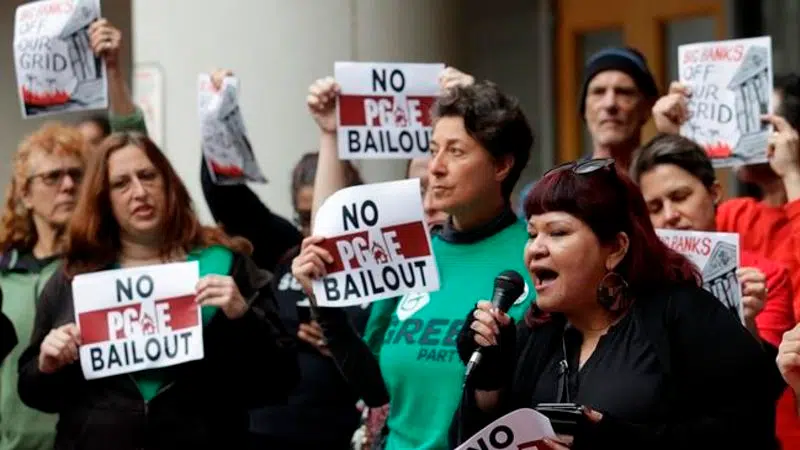
Judge: PG&E put profits over wildfire safety
SAN FRANCISCO — A U.S. judge berated Pacific Gas & Electric Corp. on Wednesday, accusing the nation’s largest utility of enriching shareholders instead of clearing trees that can fall on its power lines and start fires and making “excuses” to avoid turning off electricity when fire risk is high.
Judge William Alsup in San Francisco did not immediately order PG&E to take any of the dramatic measures he has proposed to try to stop more wildfires.
But he warned that he was not ruling out at least some new requirements on the company if it did not come up with a plan to “solve” the problem of catastrophic wildfires in California.


